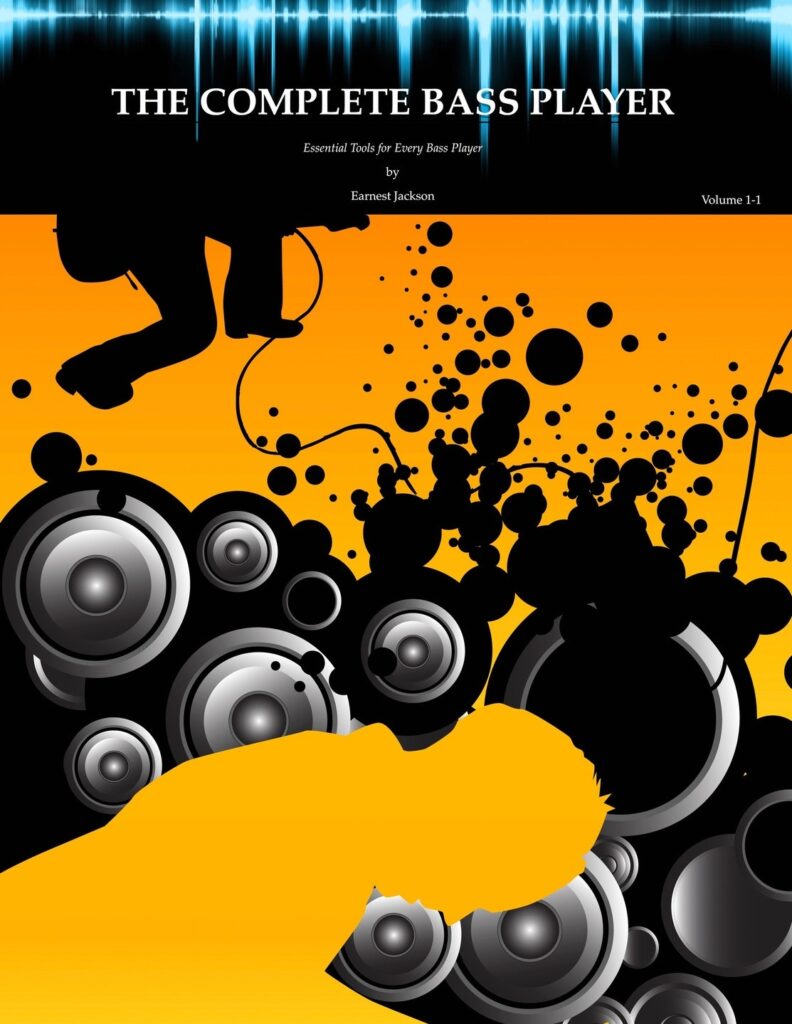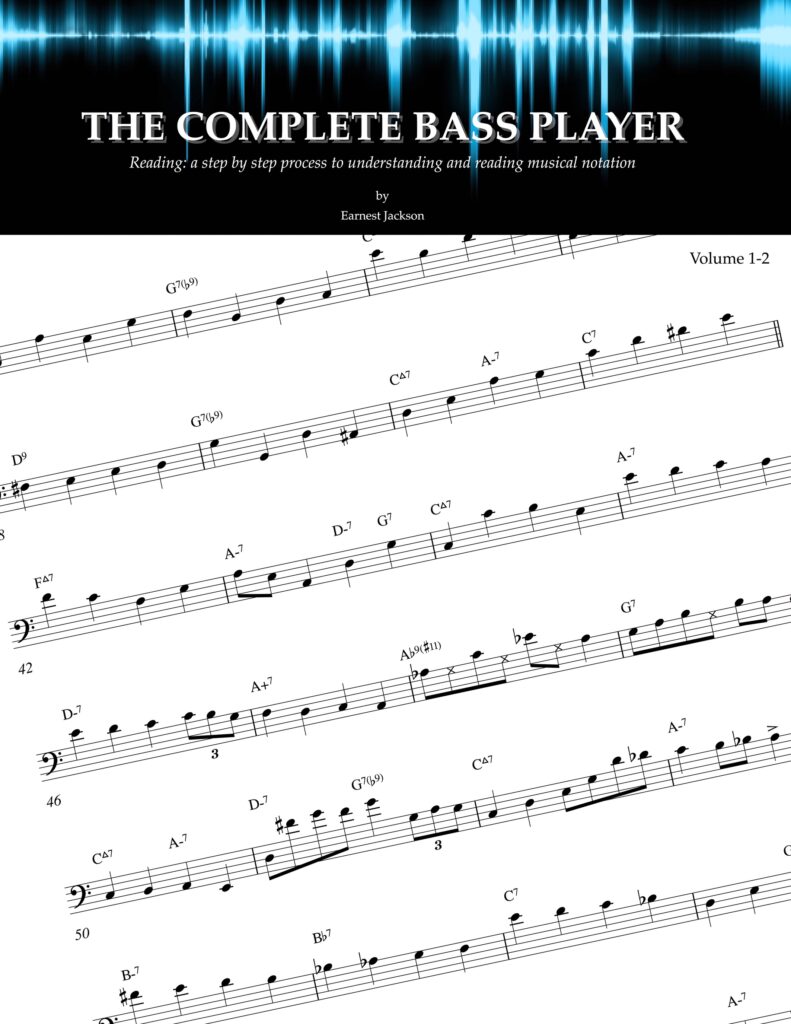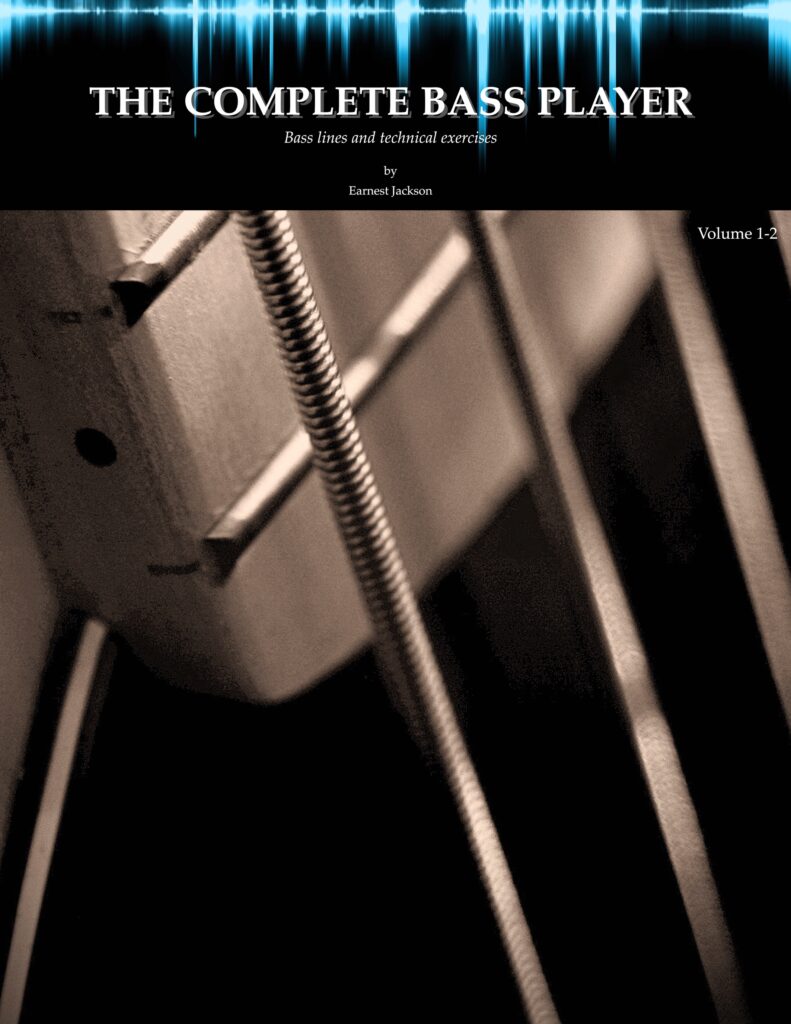Understanding musical modes is crucial for both aspiring and seasoned musicians. Modes give music its distinct character and help us grasp how scales and chords interrelate. In this guide, we’ll delve into the major modes, starting with C Major, and explore each mode’s scale and corresponding chords. Whether you’re struggling to grasp these concepts or seeking a refresher, this article will help clarify these fundamental musical ideas.
Introduction to Major Modes
Have you struggled to learn the major modes in the past? If so, you’re not alone. Many musicians find these concepts challenging initially. This article will break down the major modes and their chords, making them easier to understand. If you prefer a more visual approach, watch the video linked above to have the Major Modes explained in under 7 minutes!
From my experience in teaching, I’ve found that it often takes multiple reviews before the concepts become clear. If you don’t understand it right away, don’t sweat it. Take a couple of days, think about it, and then come back to the material. Repetition is key, and as an old Romanian proverb says, “Repetition is the Mother of All Learning.”
The C Major Scale and Its Modes
Let’s start with the C Major scale and its modes. The notes in the C Major scale are:
- C, D, E, F, G, A, B
This scale is known as the Ionian mode, or simply the Major scale. Each note in this scale leads to a different mode, each with unique characteristics. Here’s a closer look at each mode and its corresponding chord.
1. Ionian Mode (Major Scale)
- Scale: C, D, E, F, G, A, B
- Chord: C Major (C, E, G)
The Ionian mode forms the basis of the Major scale. The corresponding chord is a major chord, consisting of the root, major third, perfect fifth, and optionally the major seventh.
2. Dorian Mode
- Scale: D, E, F, G, A, B, C
- Chord: D Minor 7 (D, F, A, C)
The Dorian mode begins on the second note of the C Major scale. It’s a minor scale with a characteristic minor seventh, making it a minor 7 chord. The chord comprises the root, minor third, perfect fifth, and minor seventh.
3. Phrygian Mode
- Scale: E, F, G, A, B, C, D
- Chord: E Minor 7 (E, G, B, D)
The Phrygian mode starts on the third note of the C Major scale. It’s another minor scale with a unique half step for the second degree that gives it a distinct sound. The corresponding chord is E minor 7, made up of the root, minor third, perfect fifth, and minor seventh.
4. Lydian Mode
- Scale: F, G, A, B, C, D, E
- Chord: F Major 7 (F, A, C, E)
The Lydian mode starts on the fourth note of the C Major scale. It’s a major scale with a raised fourth. The chord associated with the Lydian mode is a major 7 chord, including the root, major third, perfect fifth, and major seventh.
5. Mixolydian Mode
- Scale: G, A, B, C, D, E, F
- Chord: G7 (G, B, D, F)
The Mixolydian mode starts on the fifth note of the C Major scale. It’s similar to the major scale but with a lowered seventh. The Mixolydian chord is a dominant 7 chord, featuring a major root, major third, perfect fifth, and minor seventh. This chord is crucial due to its unique tension.
6. Aeolian Mode (Natural Minor)
- Scale: A, B, C, D, E, F, G
- Chord: A Minor 7 (A, C, E, G)
The Aeolian mode starts on the sixth note of the C Major scale. Known as the natural minor scale or relative minor, the corresponding chord is a minor 7 chord, comprising the root, minor third, perfect fifth, and minor seventh.
7. Locrian Mode
- Scale: B, C, D, E, F, G, A
- Chord: B Minor 7 Flat 5 (B, D, F, A)
The Locrian mode begins on the seventh note of the C Major scale. It features a diminished fifth, leading to a minor 7 flat 5 chord, also known as half-diminished. This chord consists of the root, minor third, diminished fifth, and minor seventh.
Chord Notations and Symbols
Understanding how chords are written is essential for reading music and chord charts. Here’s a quick guide to common notations:
- Major Chord (e.g., C Major): Written as “C” or “Cmaj.”
- Major 7 Chord (e.g., C Major 7): Noted as “Cmaj7.”
- Minor Chord (e.g., D Minor): Noted as “Dm.”
- Minor 7 Chord (e.g., D Minor 7): Written as “Dm7.”
- Dominant 7 Chord (e.g., G7): Noted as “G7.”
- Half-Diminished Chord (e.g., B Minor 7 Flat 5): Written as “Bm7♭5” or “Bm7♭5.”
Tips for Mastery
To solidify your understanding of the major modes:
- Write It Out: As you watch the video, write out the scales and chords. This hands-on approach helps reinforce the material.
- Practice in Different Keys: Once comfortable with C Major, practice writing out and understanding modes in other keys. Use the Circle of Fourths and Fifths to guide you.
- Repetition: Revisit the material multiple times. The repetition will aid in mastering the modes.
Further Learning
If you find you need a more in-depth exploration of the modes and their applications, consider enrolling in The Complete Bass Player Course. This course covers the major modes extensively and provides additional valuable content to enhance your skills as a bass player and musician.
The Complete Bass Player Course Books
Understanding the major modes and their chords is fundamental for any musician. By familiarizing yourself with these concepts, you’ll enhance your ability to create and interpret music. If you have any questions or need further clarification, feel free to ask. Happy playing, and see you in the next musical exploration!
PDF Bass Clef & Tab versions are in theBass Toolkit Area
Not a member already?
Sign up for Free!



